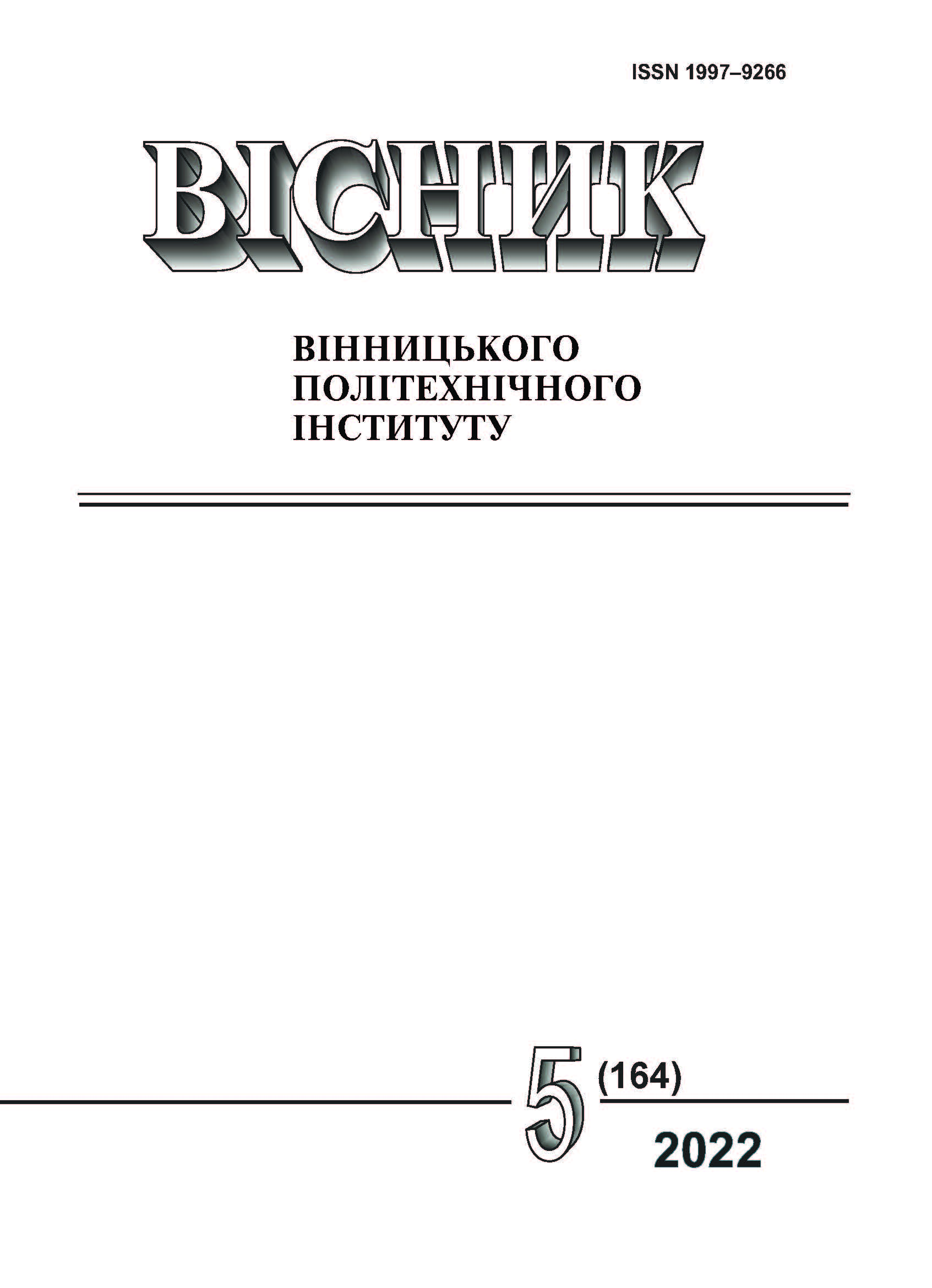On One Method of Creating a Database for System Analysis of the Quality of Students' Learning of an Educational Discipline
DOI:
https://doi.org/10.31649/1997-9266-2022-164-5-58-67Keywords:
educational process, quality assessment, database, method of reducing multi-range estimates to homogeneous sets, Python-implementation of the method of creating a databaseAbstract
From the works devoted to the analysis of the educational process in universities, it is easy to see that the mathematical models used to evaluate the quality of this process have their own specificity, in which the leading place is occupied by the limitation of the sets of evaluation data, which is due to a significant number of small-format groups, the number of which is not exceeds 10 students, and the limitation of the number of such sets, which is due to the prohibition to divide the semester into more than two final modules from a specific academic discipline and the prohibition to enter more than one colloquium from the theoretical part of the academic discipline and more than one control paper from its practical part in each of these modules. Since in order to build, for example, the law of distribution of grades from an educational discipline, it is necessary to have them in a homogeneous set of at least 30, so that each range A, B, C, D, E, FX, F of the ECTS system accounts for the calculation of the frequency of the grade falling into each of these ranges, on average, at least 4—5 values were found, then the task arises of constructing a homogeneous set of estimates, which has sufficient power to adequately identify a mathematical model suitable for system analysis, from sets of estimates for each individual type of control, which have different scales of the entire control procedure. In this paper, a method of reducing multi-range assessments of the quality of students' assimilation of educational disciplines to homogeneous sets suitable for statistical analysis is proposed, which allows creating a sufficiently informative database even for small-format student groups, and a program for implementing the proposed method of creating a database for evaluating the quality of the educational process is also developed in small-format groups in the Python language, and a database was created to assess the quality of the educational process in the discipline “Methodology and organization of scientific research in IT” in a small-format group of master's training for specialty 126.
References
Б. І. Мокін, і О. Б. Мокін, Методологія та організація наукових досліджень, навч. посіб., 2-е вид., змін. та доп. Вінниця, Україна: ВНТУ, 2015. [Електронний ресурс]. Режим доступу: http://mokin.com.ua/pedagogical/posibn/6504.html#WODckWe_4fU.
Б. І. Мокін, О. Б Мокін, О. М Мензул, і В. М. Мізерний, «Математична модель прогнозу рівня кваліфікації, яку отримає кожний студент в результаті освоєння робітничої професії. Частина 1: формалізація, структуризація і параметризація задачі,» Вісник Вінницького політехнічного інституту, № 5, с. 125-129, 2012.
Б. І. Мокін, О. Б Мокін, О. М Мензул, і В. М. Мізерний, «Математична модель прогнозу рівня кваліфікації, яку отримає кожний студент в результаті освоєння робітничої професії. Частина 2: побудова нечіткої бази знань та її алгорит¬мізація,» Вісник Вінницького політехнічного інституту, № 6, с. 152-156, 2012.
Б. І. Мокін, А. В. Писклярова, і О. Б. Мокін, «Дослідження впливу синергетичної складової у математичній моделі процесу засвоєння студентом навчальної дисципліни,» Інформаційні технології та комп’ютерна інженерія, № 2, с. 9-14, 2013.
О. О. Войцеховська, Б. І. Мокін, і О. В. Слободянюк, «Системний підхід до аналізу процесу функціонування закладу вищої освіти,» Вісник Вінницького політехнічного інституту, № 1, с. 31-40, 2019. https://doi.org/10.31649/1997-9266-2019-142-1-31-40.
Б. І. Мокін, О. Б., Мокін, і О. М. Косарук, Ідеологія дуальності в вищій технічній освіті на основі інтеграції навчання з виробництвом, моногр. Вінниця, Україна: ВНТУ, 2019, 224 с.
Boris I. Mokin, Oleksander B. Mokin, Olena M. Kosaruk, Mashat Kalimoldayev, and Waldemar Wójci, “Assessment of the knowledge quality level based on fuzzy models of its acquisition processes,” Przegląd Elektrotechniczny, no. 09, pp. 114-119, 2020. https://doi.org/10.15199/48.2020.09.24 .
Б. І. Мокін, О. Б. Мокін, і О. О. Войцеховська, «Про один із підходів до системного планування розвитку університету на основі нечіткого варіанту багатокритеріальної оптимізації,» Вісник Вінницького політехнічного інституту, № 5, с. 108-116, 2021. https://doi.org/10.31649/1997-9266-2021-158-5-108-116 .
B. I. Mokin, and O. O. Voitsekhovska, “System analysis of the impact of material repetition, set out earlier, on the assimilation of the new,” SWorldJournal, no. 10 (1), pp. 43-51, Nov. 2021. https://doi.org/10.30888/2663-5712.2021-10-01-012 .
Б. І. Мокін, В. Б. Мокін, і О. Б. Мокін, Практикум для самостійної роботи студентів з навчальної дисципліни «Методологія та організація наукових досліджень». Частина 1: від постановки задачі до синтезу та ідентифікації математичної моделі. Вінниця, Україна: ВНТУ, 2018. [Електронний ресурс]. Режим доступу: http://mokin.com.ua/files/articles/65/46/Mokin_SRS_MOND.pdf .
Б. І. Мокін, В. Б. Мокін, і О. Б. Мокін, Навчальний посібник для опанування студентами способів розв’язання задач з функціонального аналізу мовою Python. Вінниця, Україна: ВНТУ, 2022, 124 с.
Downloads
-
PDF (Українська)
Downloads: 64
Published
How to Cite
Issue
Section
License

This work is licensed under a Creative Commons Attribution 4.0 International License.
Authors who publish with this journal agree to the following terms:
- Authors retain copyright and grant the journal right of first publication.
- Authors are able to enter into separate, additional contractual arrangements for the non-exclusive distribution of the journal's published version of the work (e.g., post it to an institutional repository or publish it in a book), with an acknowledgment of its initial publication in this journal.
- Authors are permitted and encouraged to post their work online (e.g., in institutional repositories or on their website) prior to and during the submission process, as it can lead to productive exchanges, as well as earlier and greater citation of published work (See The Effect of Open Access).





